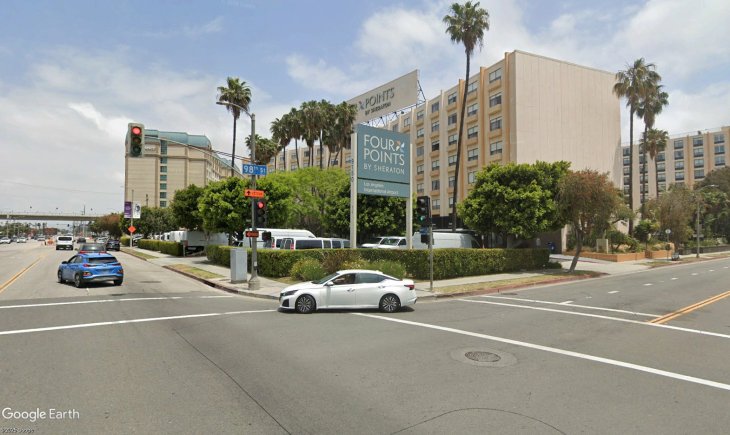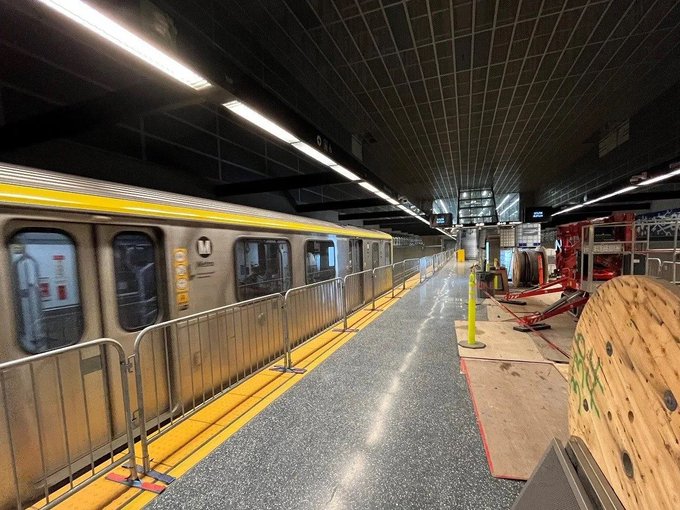The Los Angeles City Council gave final approve today to placing a measure on the March 3 ballot asking voters if city elections should coincide with federal and state balloting, starting in 2020.
The council’s 13-1 vote solidifies the council’s tentative decision last week to endorse the plan to put the issue on the ballot for the upcoming city election.
The idea to hold city elections in June and November of even years is aimed at boosting voter turnout, which has been embarrassingly low in recent years. About 20 percent of registered voters cast ballots in the 2013 city elections, while the presidential election in November 2012 drew 69.2 percent of registered voters in Los Angeles County, and the gubernatorial race in November 2010 saw a turnout of 52.5 percent countywide.
Elections for city offices — there are 15 council seats — are now held in March and May during odd-numbered years.
Kathay Feng, executive director of the electoral reform group Common Cause, worked with the city clerk as far back as two years ago to come up with ways to increase voter turnout.
“One of the issues that rose to the top was the question of constant voter fatigue and confusion over the day of the election,” Feng told the City Council last week. “Our city elections are held on March and May of the odd year, and it’s not intuitive to most voters.”
The Public Policy Institute of California studied about 300 cities and found the single change “that was able to cause voter turnout to go from” around 20 percent to 50 or 60 percent “was synchronizing (city elections) with the the statewide elections,” Feng said.
Council President Herb Wesson said the city’s effort to improve voter turnout is just starting.
With 23 other initiatives aimed at increasing voter turnout to be discussed in coming weeks, including pre-paying for postage on vote-by-mail ballots, “this is the beginning, it’s not the end,” Wesson said. “The worst thing we can do is absolutely nothing.”
One of those ideas — to allow vote-by-mail ballots to be turned in within three days after election day — will be considered Wednesday by a City Council’s Rules, Elections and Intergovernmental Committee chaired by Wesson.
In order to shift the election cycle, a “gap” of about 17 months needs to be closed, which would necessitate a one-time extension of the terms of the mayor, council members and other officials from four to 5 1/2 years.
After the one-time extensions, the office terms would return to four years, starting in 2020, when city elections would start running on the even-numbered cycle.
Five members of the City Council are running for re-election in 2015 and could benefit from the proposed longer term to address the gap months.
Mayor Eric Garcetti, City Attorney Mike Feuer, Controller Ron Galperin and most of the council members representing odd-numbered districts are eligible to run for re-election in 2017 and could also be affected by the proposed longer term.
City officials said that while there was an option to create a shortened term to address the gap — such as a 3 1/2 year term — it was not considered because the county, which handles federal and state races, won’t have its new voting system ready before 2019.
Another idea was to keep the four-year terms and hold special elections in 2019 and 2021 to fill the year-and-a-half gap, but that would have cost $36.3 million, according to city officials.





















